DIY Plans to Organize Plates or Craft Supplies
I swear, if I had the wall space, I would build this plate rack cabinet DIY to display my plates and bowls! I love it – it is such an easy and quick build, plus it can be stained or painted to match any decor! The easy to build Edison cabinet is the perfect way to display dinnerware in a farmhouse-style cabinet! The cabinet features trim at the top and vertical dowels to separate plates or serving trays, plus a shelf below for bowls or other pieces. This plate rack cabinet is a wall mount design, and is secured through the back into the wall studs.

Materials:
- 1-1/4″ pocket hole screws (<– affiliate link)
- 1-1/4″ brad nails
- Edge banding for plywood (<– affiliate link)
- Finishing supplies
Lumber:
- One half sheet of 3/4″ plywood
- 1 – 1×2 at 4′
- 5 – 3/8″ dowels at 3′
- Trim for the sides and front (under the top)
Cut List:
- 2 – 3/4″ plywood at 7-3/4″ x 21″ – Sides
- 1 – 3/4″ plywood at 7-3/4″ x 23-1/2″ – Bottom
- 1 – 3/4″ plywood at 20″ x 21″ – Back
- 1 – 3/4″ plywood at 6-1/4″ x 20″ – Shelf
- 2 – 1×2 at 20″ – Front
- 9 – 3/8″ dowels at 12-1/2″ – Front Spindles
- 1 – 3/4″ plywood at 8-3/4″ x 23-1/2″ – Top
- Trim for sides and front (cut to fit)
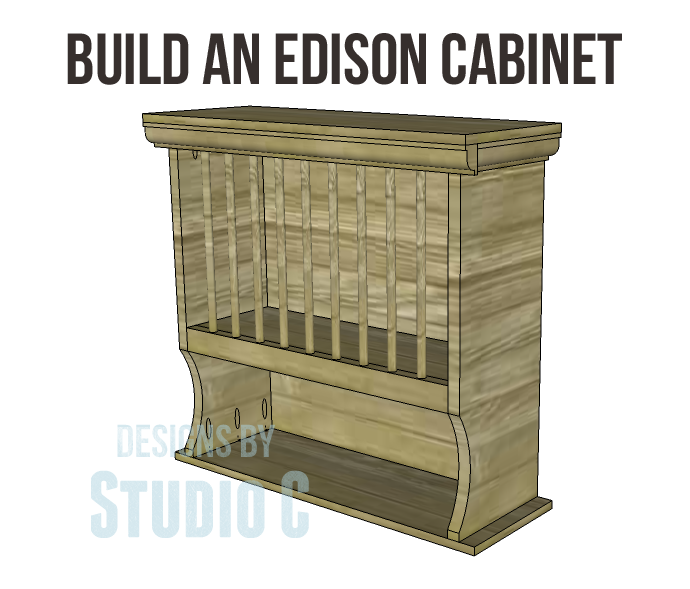
Step One
Cut the pieces for the side. Cut the decorative arc as shown using a jigsaw or band saw. Drill pocket holes in in the bottom of each piece – there will be a left and a right!
Cut the piece for the bottom. Position the sides on the bottom as shown (located 1″ in from each end) and secure using glue and 1-1/4″ pocket hole screws.
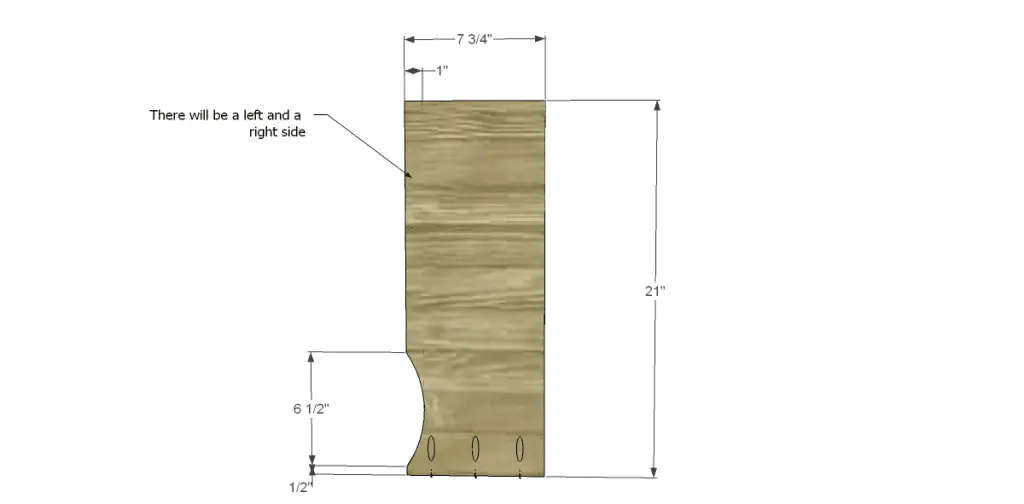
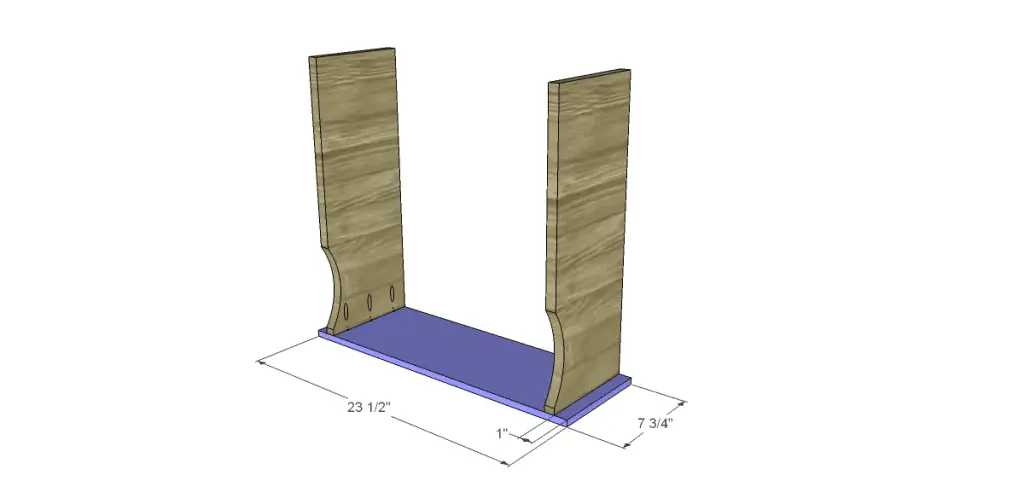
Step Two
Cut the piece for the back and drill pocket holes in three edges as shown. Secure to the sides and the bottom using glue and 1-1/4″ pocket hole screws.
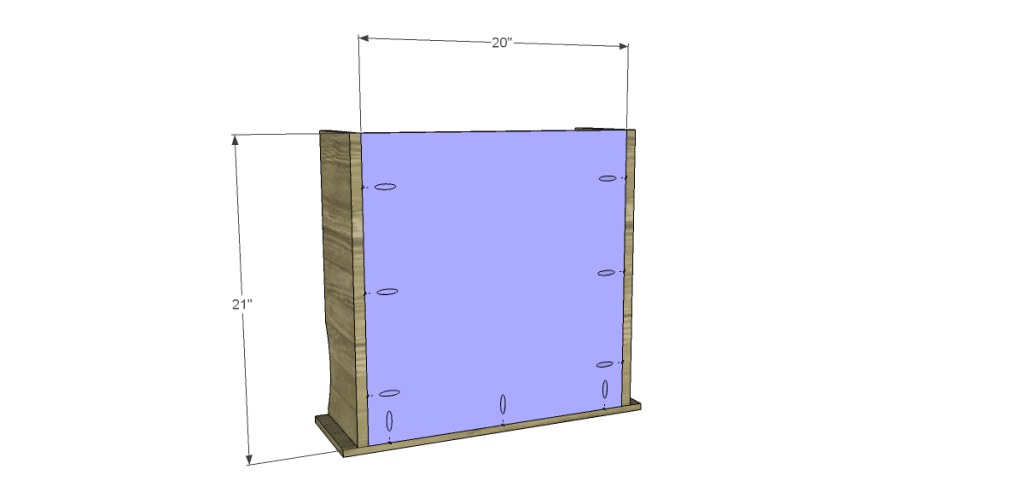
Step Three
Cut the piece for the shelf and drill pocket holes in three edges. Position as shown (3/4″ back from the front edge of the sides) then secure using glue and 1-1/4″ pocket hole screws.
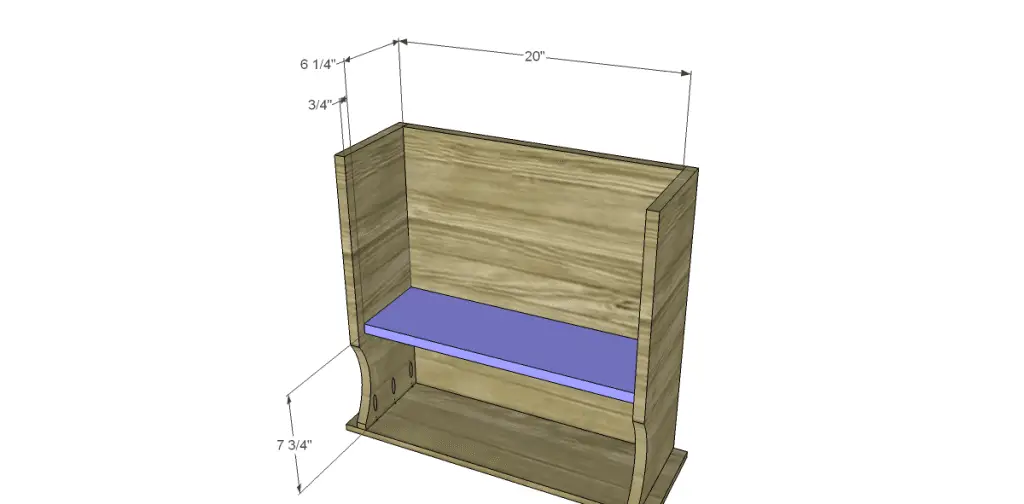
Step Four
Cut the pieces for the front spindles. Mark and drill nine 3/8″ diameter holes at 1/2″ deep spaced 2″ on center along one edge of each board. Cut nine dowels at 12-1/2″. Fit the dowels into the holes, then secure the spindle and front pieces to the front of the cabinet using glue and 1-1/4″ brad nails . The top of the lower front piece (where the holes are drilled) will be flush with the shelf.
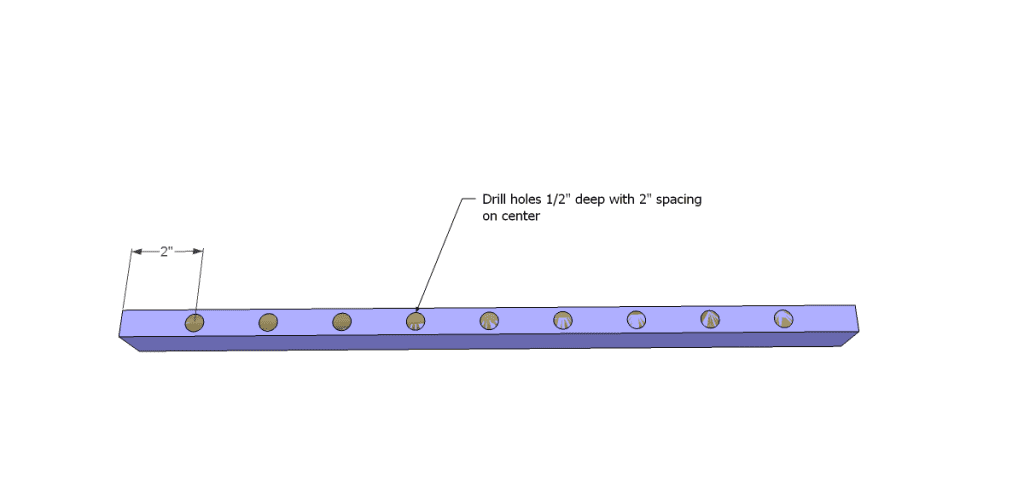
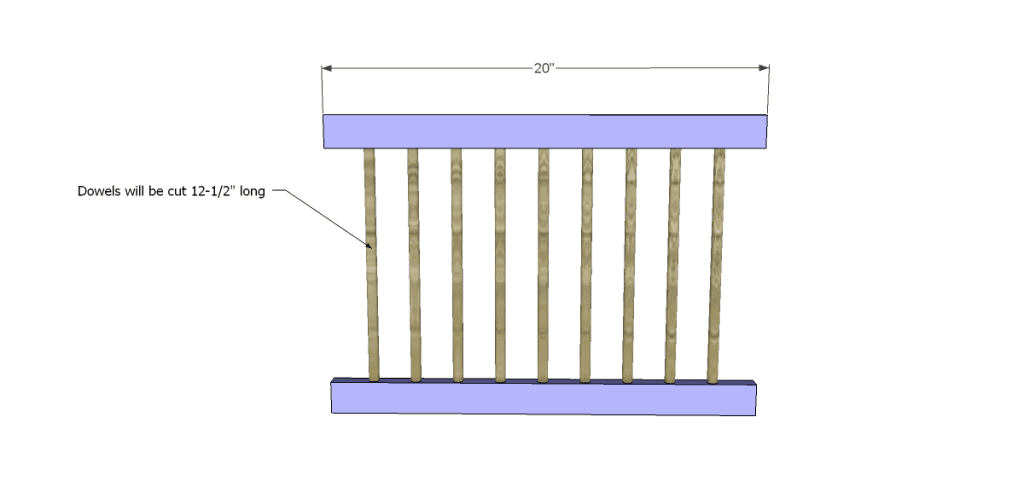
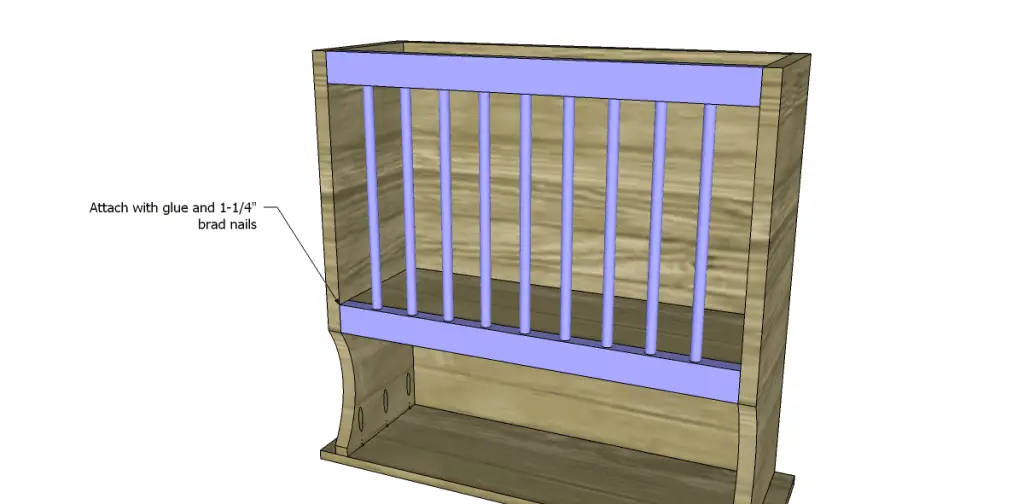
Step Five
Cut the piece for the top. The front and sides will overlap by 1″. Secure using glue and 1-1/4″ brad nails through the top into the sides and back.
Measure and cut the side pieces for the trim. Secure using glue and 1-1/4″ brad nails, then cut and secure the front trim.
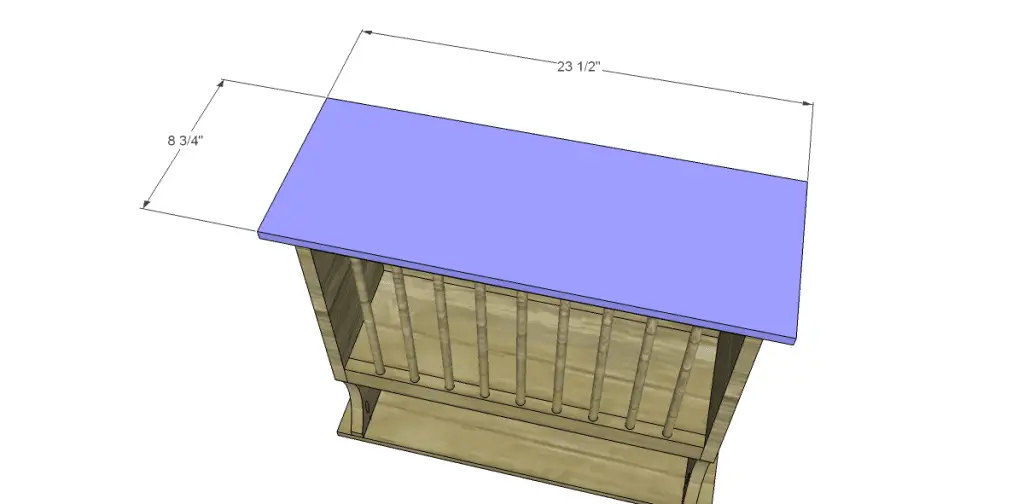
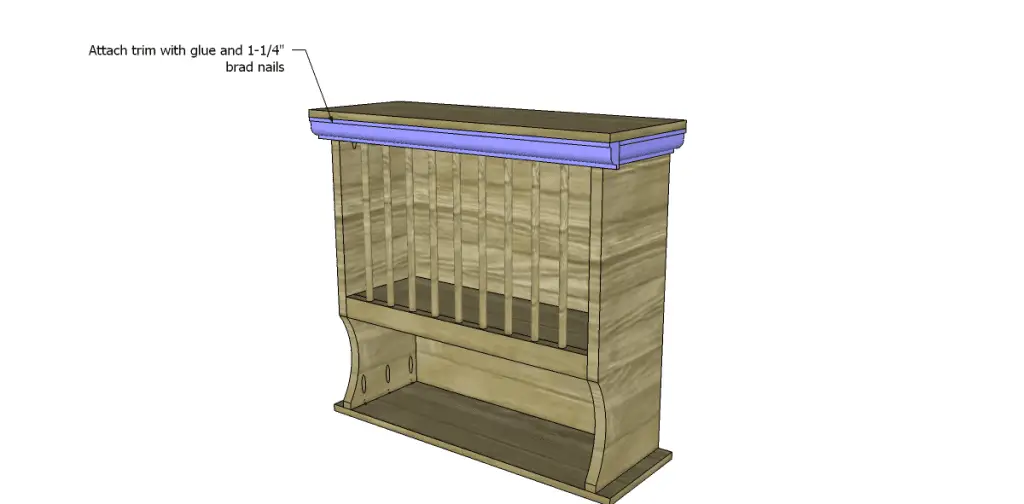
To hang on the wall, locate the studs in the wall and secure the cabinet with screws through the back into the studs.
Have questions about the free plans to build a Joss & Main Inspired Edison Cabinet? Leave a comment below!
Originally posted 2013-03-26 08:00:44.




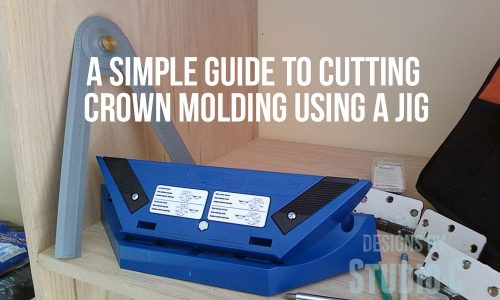
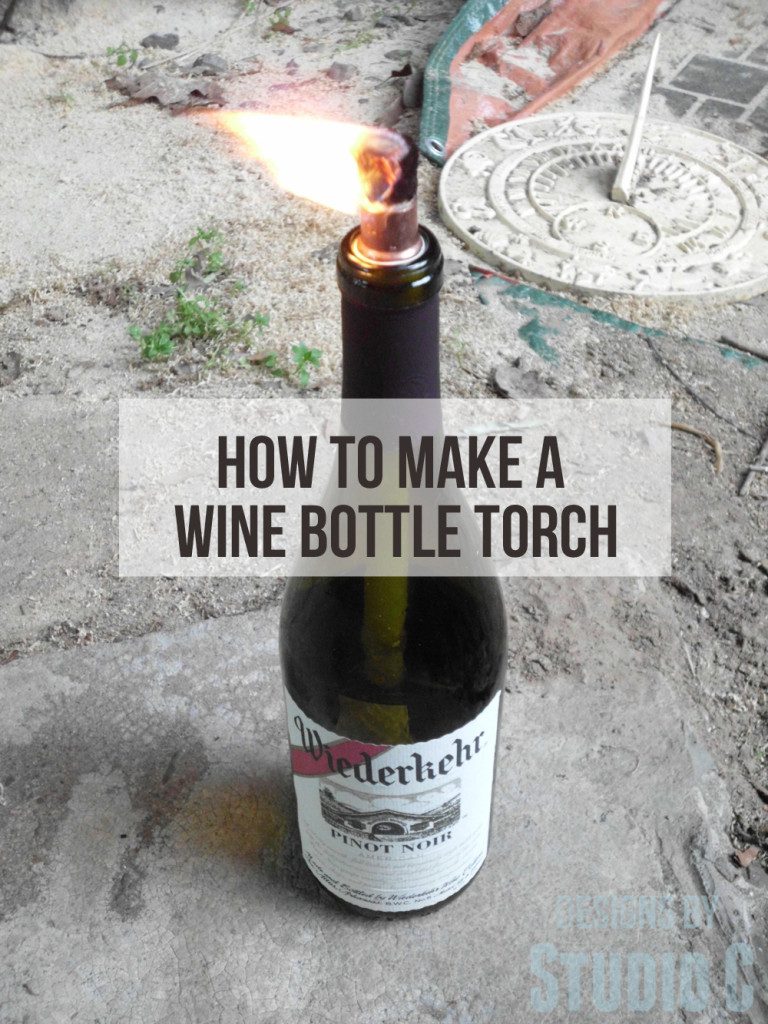
8 Comments
does anyone know how to measure the plates to adjust plans for plate racks.? i know they need to be smaller than the plate at the bottom and front so that they hang slightly down and stick slightly out but also need to not hit the back of the cabinet and all the designs seem to have no support to stop the plates banging against the back wall of the unit or describe how to measure the plates. so if your plate is 11 inches i imagine perhaps nine inches between the back bar and front bar?
Hello, there! Forgive me (as it is still early as I answer this) but I am not quite sure what you are asking… If I am understanding this correctly, you want to know how to measure the plates – A tape measure stretched across the widest points would be the easiest way to do so. As far as keeping plates from touching the back of the cabinet, the back could be lined with felt or thin craft foam which would help cushion them. Hope this helps!
ah yes i see the confusion. what i meant was what is the rule of thumb for caluculating the size of the rack based on the size of the plates…so if you want to adjust the plans to fit smaller and larger plates how do i do that. like if you plates are 11 inches the overall dimensions need to be say 12 in heighth and 9 in depth..of for a 4 inch plate you would need the rungs to be maybe 5 inches high and three in depth? to allow the rungs to catch the plate so im assuming the rungs have to be somewhat less than the diameter of the plate otherwise the plate will slip through but too narrow and they might stick out too much and not hold. so on ones ive seen ready made the rungs hit the plate a little ways in and the curve comes out beyond the rungs. the rungs are usually set in somewhat at the back also although this design doesnt have any rungs at the back so your plates are not going to stay in place very well and will hit off each other. so im gonna do double rungs and also rungs at the bottom so they will stay in place like the traditional ones. also im planning to have mine over the sink and be horribly lazy and dry them up there. thanks for your reply i am totally a novice and ive found the ones to buy dont fit my plates but cant figure out how much smaller than the plates i should make the plans. thanks hope you can help me:)
Hello! I think I understand what you are asking – I do not know of any rule of thumb for plate racks, I think it is just a matter of design and/or preference. The height of the dowels could be adjusted to fit the plates but they would still have to be the same height as the diameter of the plate otherwise they would not fit in the opening. Grooves can be cut in the shelf where the plates will rest to keep them from moving around, as well as square dowel rods attached to the inside of the back to keep the plates from touching each other. another option would be to install the shelf (where the plates will rest) at a slight slant toward the back of the cabinet so they wouldn’t roll forward. I hope this helps and if you have any more questions, feel free to ask!
oh brilliant that is a great!!! i have square dowels as well so that way i wont have to change the plans too much just add the squares! genius! this is by far the simplest plan ive found so im glad i can use it! just made a trofast {ikea style} chest for my kids last night and it was so easy once i made the mistakes! so im really looking forward to getting past worrying about doing it wrong and just digging in:) thanks a million!
When I first started woodworking, I constantly obsessed about the mistakes I made. My dad told me not to worry about them – the project will never be “perfect” but it was more about how you work with the mistakes. I make a mistake (or several) in every project I create and just work with them! Good luck on your build and share photos when you are finished!!